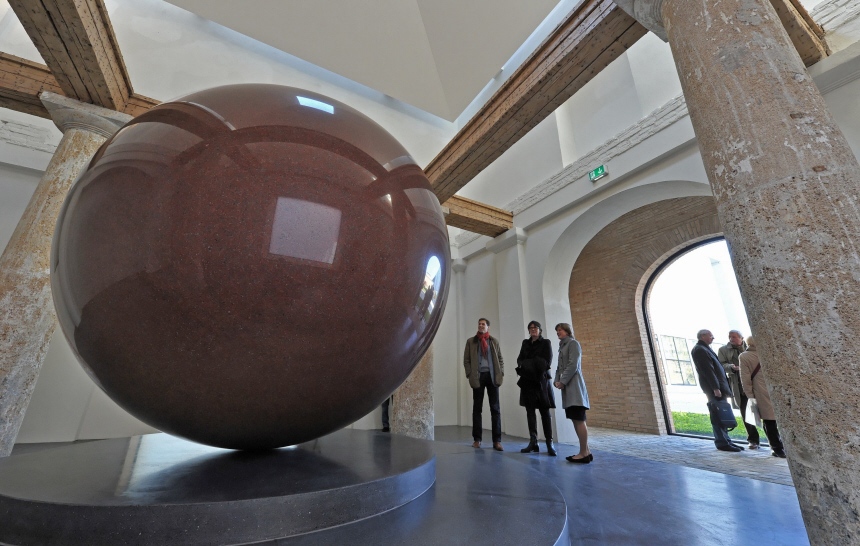
This course seeks to explore urban development and urban planning of Central European cities from Antiquity to the Present. The course investigates the specific development of cities in Central Europe, both north and south of the Alps, with an emphasis on the legacies of Roman antiquity, the Christian (and Jewish) legacy of the Middle Ages, the role of princely residences, and of bourgeois middle classes. An important part plays also the various political movements of the 20th century, including the architectural fantasies of National Socialism, and the attempts post-World War II to deal with this legacy in a democratic society. The course asks in which way the interplay of tradition and modernity over time has structured not only the physical shapes of cities, but even the mindsets of the population. The travel component of this course features day trips to the Roman foundation of Como (Italy) and the oldest still standing structure in Switzerland in Riva San Vitale (Ticino), and a major excursion to the three most important cities in Bavaria: Nuremberg, Regensburg, and Munich (Germany).
- Teacher: Marcus Pyka